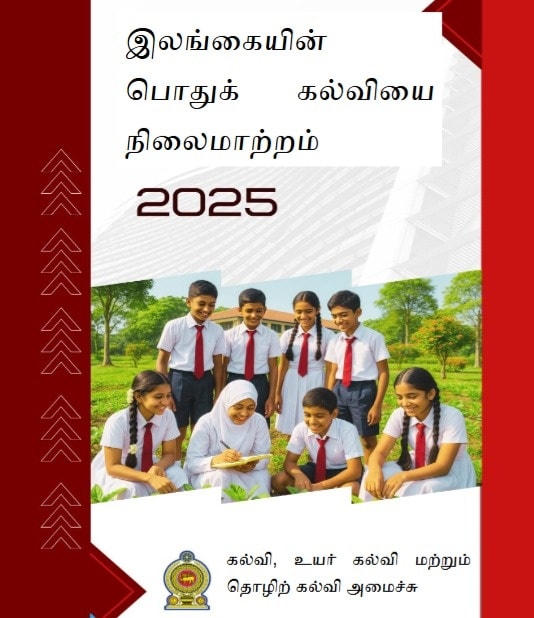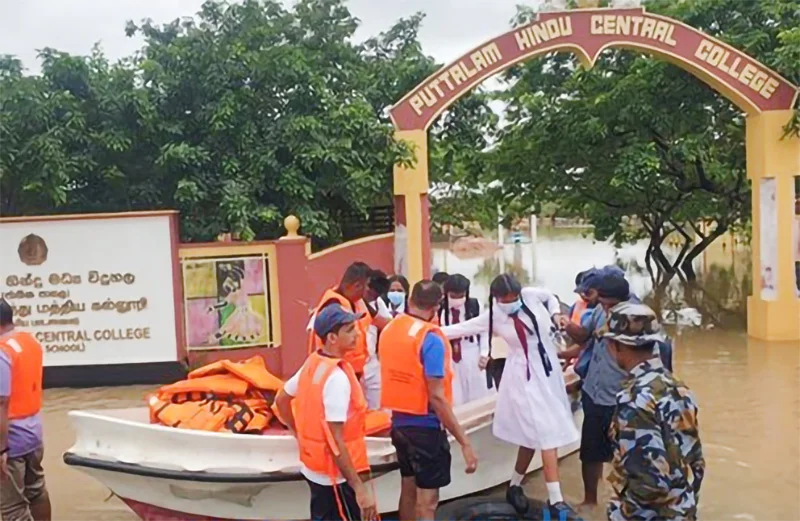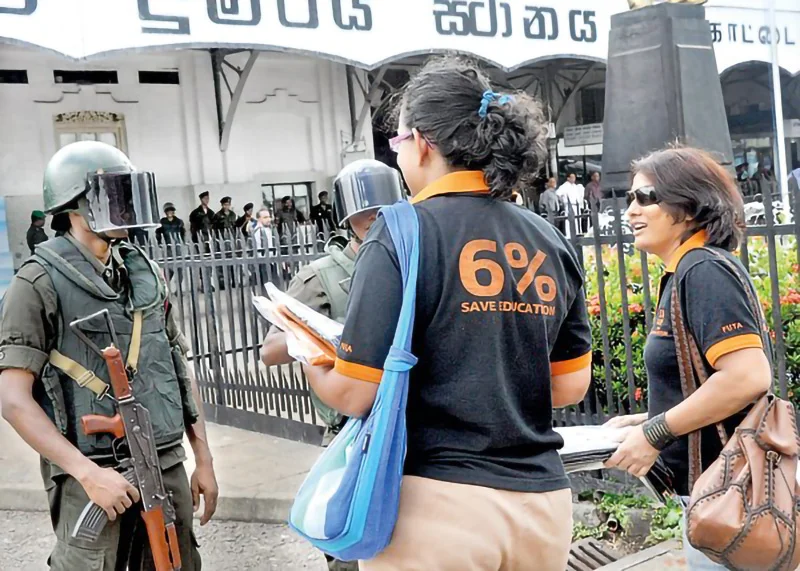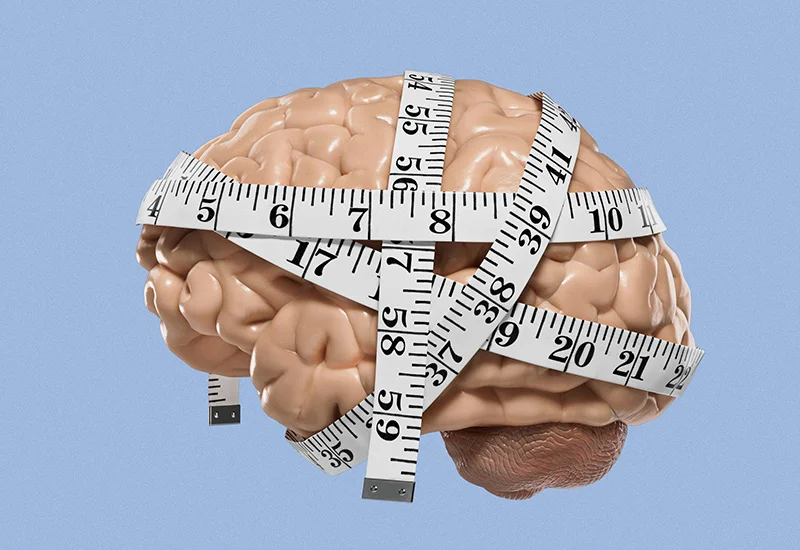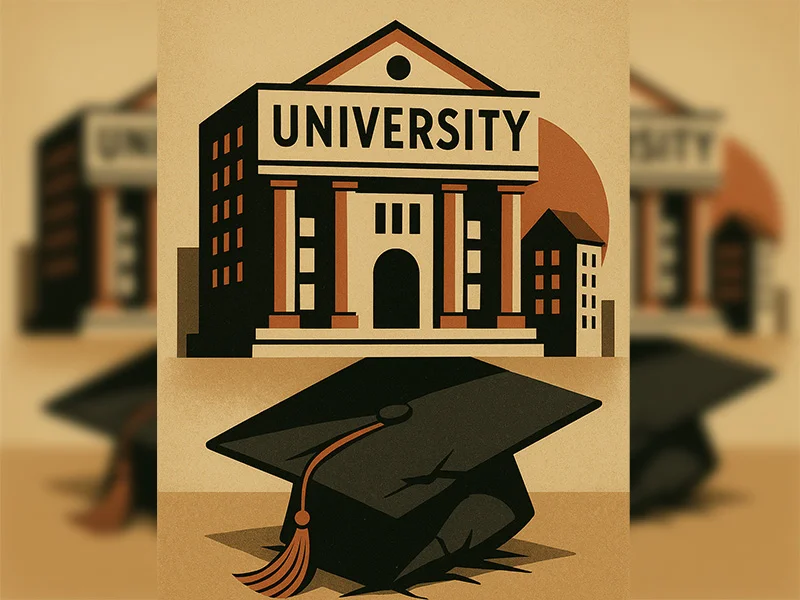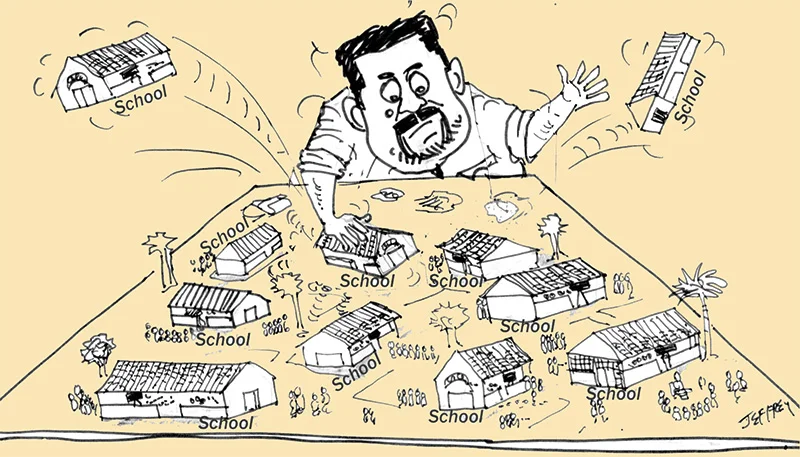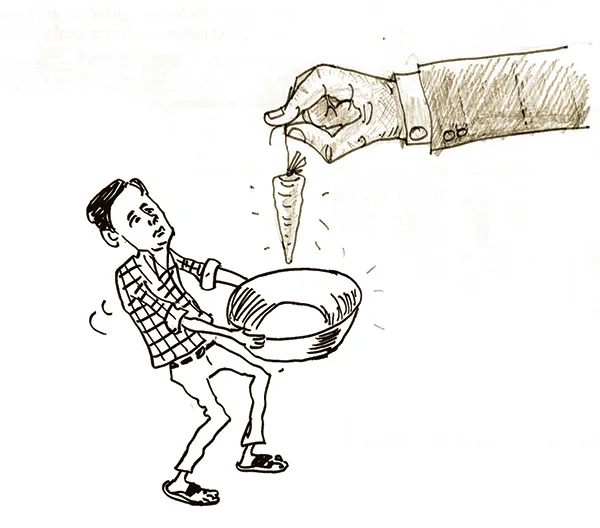General education reforms: What about language and ethnicity?
Ramya Kumar A new batch arrived at our Faculty again. Students representing almost all districts of the country remind me once again of the wonderful opportunity we have for promoting social and ethnic cohesion at our universities. Sadly, however, many students do not interact with each other during the first few semesters, not only because […]
General education reforms: What about language and ethnicity? Read More »
